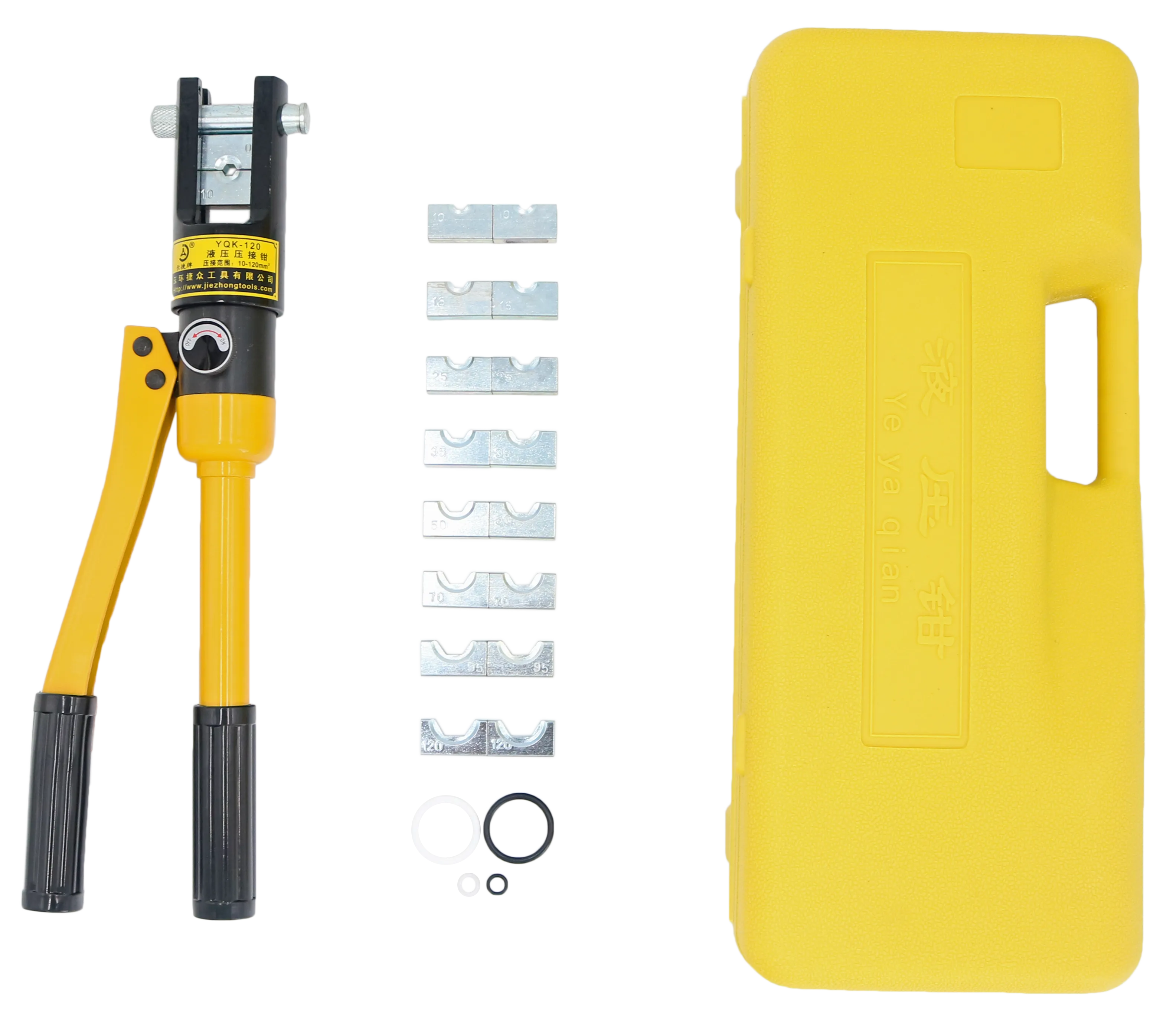
-
 Afrikaans
Afrikaans -
 Albanian
Albanian -
 Amharic
Amharic -
 Arabic
Arabic -
 Armenian
Armenian -
 Azerbaijani
Azerbaijani -
 Basque
Basque -
 Belarusian
Belarusian -
 Bengali
Bengali -
 Bosnian
Bosnian -
 Bulgarian
Bulgarian -
 Catalan
Catalan -
 Cebuano
Cebuano -
 Corsican
Corsican -
 Croatian
Croatian -
 Czech
Czech -
 Danish
Danish -
 Dutch
Dutch -
 English
English -
 Esperanto
Esperanto -
 Estonian
Estonian -
 Finnish
Finnish -
 French
French -
 Frisian
Frisian -
 Galician
Galician -
 Georgian
Georgian -
 German
German -
 Greek
Greek -
 Gujarati
Gujarati -
 Haitian Creole
Haitian Creole -
 hausa
hausa -
 hawaiian
hawaiian -
 Hebrew
Hebrew -
 Hindi
Hindi -
 Miao
Miao -
 Hungarian
Hungarian -
 Icelandic
Icelandic -
 igbo
igbo -
 Indonesian
Indonesian -
 irish
irish -
 Italian
Italian -
 Japanese
Japanese -
 Javanese
Javanese -
 Kannada
Kannada -
 kazakh
kazakh -
 Khmer
Khmer -
 Rwandese
Rwandese -
 Korean
Korean -
 Kurdish
Kurdish -
 Kyrgyz
Kyrgyz -
 Lao
Lao -
 Latin
Latin -
 Latvian
Latvian -
 Lithuanian
Lithuanian -
 Luxembourgish
Luxembourgish -
 Macedonian
Macedonian -
 Malgashi
Malgashi -
 Malay
Malay -
 Malayalam
Malayalam -
 Maltese
Maltese -
 Maori
Maori -
 Marathi
Marathi -
 Mongolian
Mongolian -
 Myanmar
Myanmar -
 Nepali
Nepali -
 Norwegian
Norwegian -
 Norwegian
Norwegian -
 Occitan
Occitan -
 Pashto
Pashto -
 Persian
Persian -
 Polish
Polish -
 Portuguese
Portuguese -
 Punjabi
Punjabi -
 Romanian
Romanian -
 Russian
Russian -
 Samoan
Samoan -
 Scottish Gaelic
Scottish Gaelic -
 Serbian
Serbian -
 Sesotho
Sesotho -
 Shona
Shona -
 Sindhi
Sindhi -
 Sinhala
Sinhala -
 Slovak
Slovak -
 Slovenian
Slovenian -
 Somali
Somali -
 Spanish
Spanish -
 Sundanese
Sundanese -
 Swahili
Swahili -
 Swedish
Swedish -
 Tagalog
Tagalog -
 Tajik
Tajik -
 Tamil
Tamil -
 Tatar
Tatar -
 Telugu
Telugu -
 Thai
Thai -
 Turkish
Turkish -
 Turkmen
Turkmen -
 Ukrainian
Ukrainian -
 Urdu
Urdu -
 Uighur
Uighur -
 Uzbek
Uzbek -
 Vietnamese
Vietnamese -
 Welsh
Welsh -
 Bantu
Bantu -
 Yiddish
Yiddish -
 Yoruba
Yoruba -
 Zulu
Zulu


Nov . 13, 2024 13:33 Back to list
wire clamp
Understanding Wire Clamps Essential Tools for Organization and Safety
Wire clamps are versatile components widely utilized in various industries and applications. Their primary purpose is to secure and manage wires, cables, and tubing, helping to maintain an organized workspace and enhancing safety. This article delves into the importance of wire clamps, their types, and their applications in everyday scenarios.
What are Wire Clamps?
Wire clamps are mechanical devices designed to hold wires or cables tightly in place. They prevent unnecessary movement, which can lead to wear and tear or, more critically, electrical hazards. These clamps come in various materials, including metal, plastic, and rubber, with each material tailored to specific requirements. Metal clamps, for instance, are known for their strength and durability, making them suitable for heavy-duty applications. In contrast, plastic clamps may be preferred in environments where electrical insulation is a priority.
Types of Wire Clamps
There are several types of wire clamps, each serving different functions
1. Cable Ties (Zip Ties) While technically not clamps in the traditional sense, cable ties are a popular choice for organizing wires due to their ease of use and low cost. They allow for quick bundling of cables, making them ideal for temporary or permanent setups.
2. Saddle Clamps These clamps are used to anchor wires and cables to a surface. They come in different designs, such as single and double saddle clamps, allowing for the management of multiple cables simultaneously.
3. Rubber Cushioned Clamps Designed with a rubber lining, these clamps provide extra cushioning for sensitive wires, reducing the risk of abrasion and damage. They are often used in automotive and aerospace applications.
4. Swivel Clamps These are designed to allow the connected wire to turn and pivot. They are particularly useful in applications where the movement of the wire is necessary, such as in machinery.
wire clamp

5. P-Clamps Shaped like the letter P, these clamps are effective for securing tubes and pipes, providing a strong grip while allowing for some movement in the piping.
Applications of Wire Clamps
Wire clamps are critical in numerous settings
- Electrical Installations In homes and commercial buildings, wire clamps secure electrical wiring, preventing hazards caused by loose or exposed wires.
- Automotive and Aerospace In vehicles and aircraft, clamps secure important wiring and hoses, ensuring functionality and safety.
- Industrial Machinery In manufacturing facilities, wire clamps help manage large amounts of cabling associated with equipment and assembly lines.
- Data Centers With numerous cables running throughout data centers, wire clamps are essential for keeping cables organized, cool, and preventing interference.
Conclusion
Wire clamps are often overlooked but play a crucial role in ensuring safety and efficiency in various applications. From securing electrical wiring to organizing automotive components, these tools are vital for maintaining an orderly environment. Whether in industrial settings, homes, or transportation, understanding the different types and applications of wire clamps can lead to better organization and safety practices. In an increasingly connected world, the importance of reliable wire management continues to grow, making wire clamps indispensable tools in everyday life.
Latest news
What Are Construction Tools and How Are They Used?
NewsJul.11,2025
Professional-Grade Duct Rodding Tools for Superior Cable Installation
NewsJul.11,2025
Enhancing Safety and Efficiency with Modern Hot Stick Solutions
NewsJul.11,2025
Empowering Cable Installation with Advanced Rodder Solutions
NewsJul.11,2025
Elevate Your Cable Installation Projects with Cable Pulling Tools
NewsJul.11,2025
Efficient Cable Handling Solutions: Cable Rollers for Sale
NewsJul.11,2025











